Highlighting Australia
- As a proudly Australian initiative, we’re excited to showcase a collection of Australian stories, music, tributes and more.
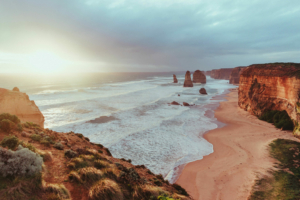
Join activities, celebrations, study groups, spiritual empowerment and education programs for young people, and more.
Baha’i beliefs address essential spiritual themes for humanity’s collective and individual advancement. Learn more about these and more.

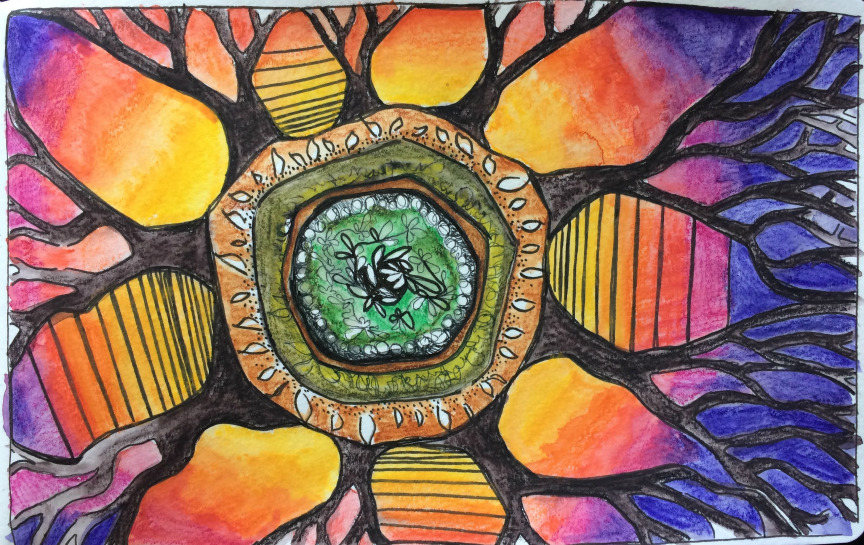
A few years ago, in late February, I laid out a bunch of tiny Starbucks cups with a handful of dirt and little seeds in each of them under a desk lamp in my apartment.
I didn’t undertake this on my own; I was part of a group of friends who wanted to learn more about the idea of organic growth. We had been saying these words, “organic”, “process” and “growth”, a lot in the Baha’i community but we wanted to go a little deeper into their meaning and define their characteristics. The following are my own reflections on that experience, as well as my current experience watching the growth of my son.
The Merriam-Webster Dictionary has many definitions for the word “organic”. One of these is: “forming an integral element of a whole and having systematic coordination of parts.”

I live in a society that upholds slogans about the benefits of collaboration, but fundamentally structures itself around competition. It seems that if we are to operate organically and in a collaborative manner, we’ll have to look beyond our social and media environment. In looking at the natural world, we can see evidence of how organic collaboration leads to growth. Abdu’l-Baha likens the universe to the human body,
all the members of which are connected and linked with one another with the greatest strength. How much the organs, the members and the parts of the body of man are intermingled and connected for mutual aid and help, and how much they influence one another!1
In The Hidden Life of Trees, Peter Wohlleben describes how trees are like human families. They care for each other, “sometimes even going so far as to nourish the stump of a felled tree for centuries after it was cut down by feeding it sugars and other nutrients.” Later in the book, he asks why they would share food with their competitors. In a society that often feels individualistic and competitive, his answers are powerful:
A tree is not a forest. On its own, a tree cannot establish a consistent local climate. It is at the mercy of wind and weather. But together, many trees create an ecosystem that moderates extremes of heat and cold, stores a great deal of water, and generates a great deal of humidity.
This brings up the question in my mind of what our own forest or community can provide that we as individuals cannot? The Universal House of Justice describes that “much can be achieved through collaboration.”2
In our own seedling experiment, we eventually learned about which vegetables to co-plant in our gardens to maximize growth. In watching my nine month old reach his developmental milestones, I noticed how the first time he sat up unassisted was after playing with a toddler who was particularly kind to him, and it was only after watching his older cousin crawl that he himself began crawling too.
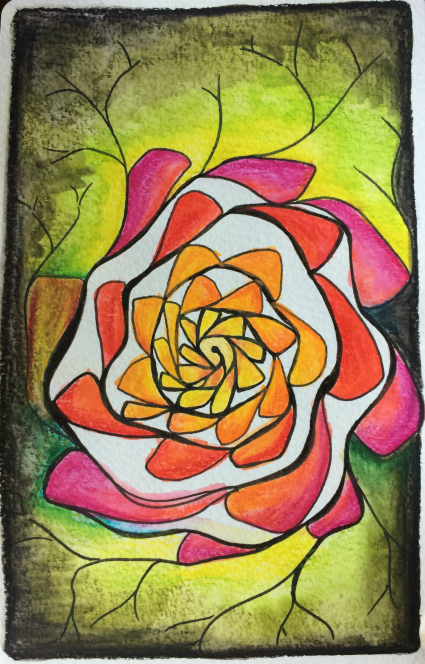
The Universal House of Justice describes how “similar to the development of a living organism, growth can occur quickly when the right conditions are in place.”3 Our seedlings also needed the right conditions. We were urged not to over-water them, to give them heat and to be consistent. We all sent each other photos of our progress as we went along, especially when after what seemed like ages of fussing over cups of dirt, tiny green shoots popped up. Similarly, the early weeks of a baby’s life are mostly a one-way relationship where the parent responds to their cries. However, one day after a diaper change, a few sleepless weeks into his life, he suddenly looked at me in a new way, as if he really saw me for the first time and knew me. Then followed his first smile that nearly burst my heart in two. Though it’s easy to become discouraged in periods of latency since we think nothing is happening, we couldn’t be more wrong. So much was happening both within that seed being consistently watered and in the early days of my son’s life.
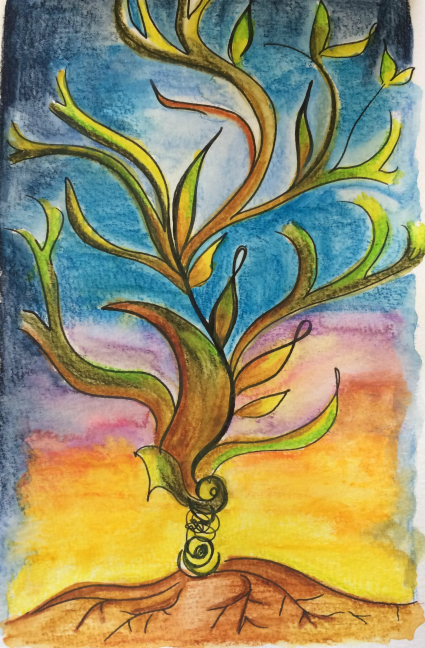
The House of Justice also describes a “natural ebb and flow characteristic of an organic process” and also a “clear arc of progress”.3 These are interesting descriptions because they indicate that there will be times when progress will seem to have halted. One parallel I have seen with my son is his sleep. The internet is rife with online forums describing the horrors of “sleep regressions” but when we read more into the science of how the brain is evolving at those stages and the way REM sleep evolves, we can see that it isn’t a regression at all, but a form of development. It’s all in our perception of what is happening. With our seedlings, there was a time when we knew they would have to be transplanted into larger cups, but we had to watch carefully for the signs of readiness. I remember one of my cups had a few bean sprouts that were becoming entangled and their tips were wilting, which seemed to indicate death. However, when I carefully separated and transplanted them into their own cups, they began to thrive.
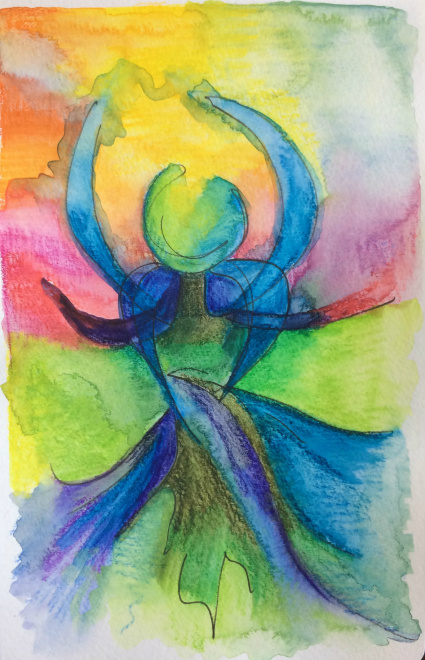
An organism begins simply and grows in complexity as it develops strength and capacity, in the case of a community or a project. In the same way the first shoot of the seedling becomes its main channel for nutrients as it develops other tendrils, leaves and finally vegetables, I see parallels in the way my son is developing his mobility. I assume that when he was born, my son wasn’t aware of his current goal of crawling across the apartment to victoriously empty the recycling box, but because he is programmed for growth, he naturally develops in ways that refine the expression of his agency in the world. Each skill seems to build on the previous one. In order to crawl, he had to develop strength in his core by being able to sit up and in order to grasp objects, he first had to learn to reach for them with his hands and track them with his eyes. In a 2008 talk given at the ABS conference, Paul Lample describes how the Baha’i Faith is organic, “our responsibilities will evolve and capacities will develop over time, and we will act at ever higher levels of complexity and achieve greater results in the future.”4 This also means we are learning over time.
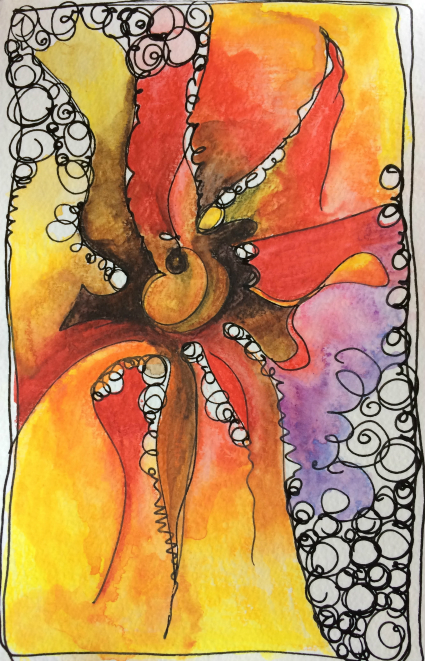
Lastly, Merriam-Webster defines the word “process” as “a natural phenomenon marked by gradual changes that lead toward a particular result”. This seems especially contrary to our current environment that encourages us to seek results and rewards immediately. Wohlleben describes how forests evolve over thousands of years and that “trees live on a different time scale than us.” Humanity’s coming of age through its pangs of upheaval is also a very long-term process. Being a parent seems to give us a tiny window into this, knowing in the short-term that educating children today will contribute to the growth of our communities and that in the long-term, each generation has the opportunity to build on the learning of those that came before us.
What examples of organic growth or a dynamic process have you seen or experienced?
"*" indicates required fields
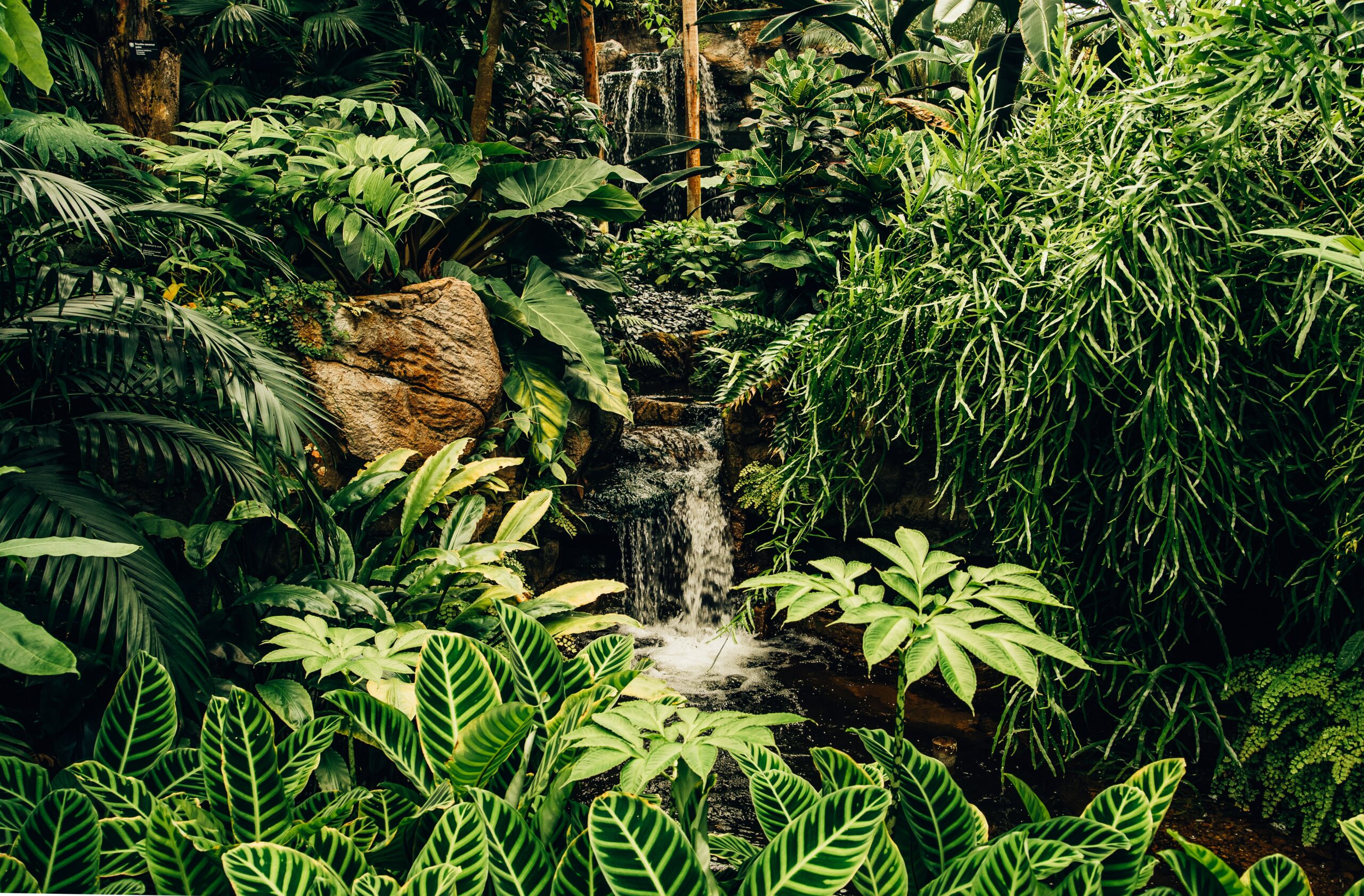
We recognise their continuing connection to land, waters and community. We pay our respects to Aboriginal and Torres Strait Islander people and their cultures; and to elders both past and present.
The views expressed in our content reflect individual perspectives and do not represent authoritative views of the Baha’i Faith.

Visit the site of the
Australian Baha’i Community
and the Baha’i Faith Worldwide
Notifications
Although I never became particularly adept at mathematics, I love the art and patterned structure of “fractals”. Essentially this “family” of equations can help explain organic growth and why we observe similarities in the appearance of sand dunes and waves in the ocean, between trees and river deltas, clouds and river flows.
The core of this is a continuous process of re-iteration with each stage built on the achievements of the previous, and the eventual diversity contingent on the conditions that existed at the very beginning of the process.
What we do, the efforts we make at the very beginning of the process of what will develop into a new world civilization is given significance and inspiration by this branch of mathematics.
Charles Boyle (April 4, 2017 at 7:52 PM)
An illuminating article – enjoyable and thought-provoking. I hadn’t thought much about the definitions of ‘organic’, nor about latency. Compliments to the artist, such beautiful art. Thank you Esther.
Daniels Forrest (April 4, 2017 at 10:27 AM)